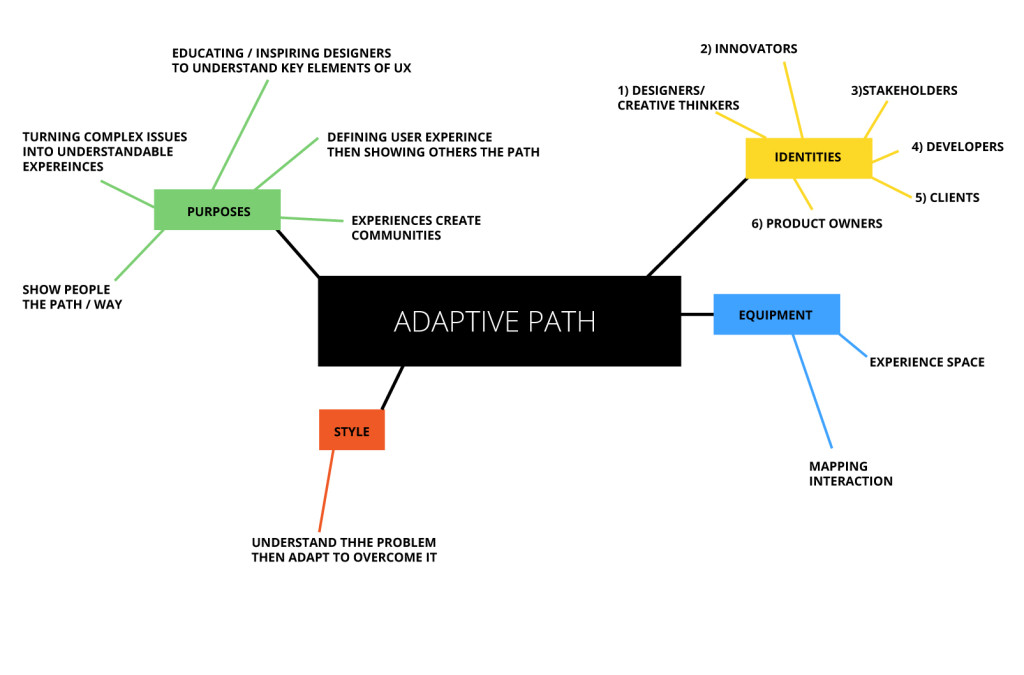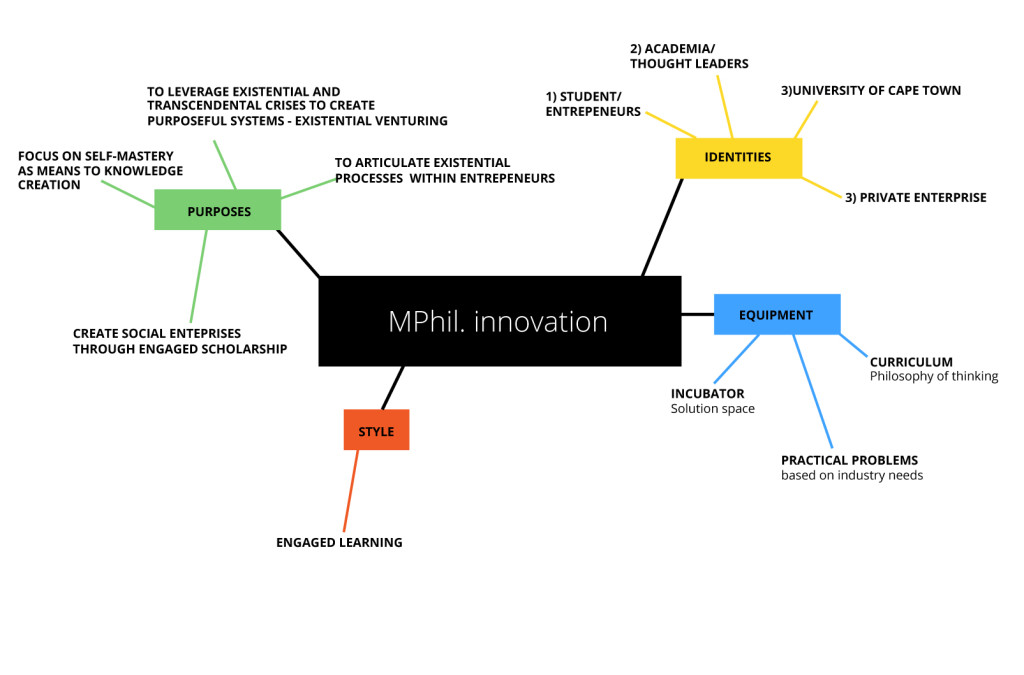Integrative thinking and business models
Fred Smith, the founder of Federal Express. It is what he called “ Kaleidoscope thinking.” He said, “sometimes when you look at a business plan and it’s intractable, you need to keep looking at it and turning the kaleidoscope until you see a different pattern emerging.” Which goes to show that for creative leaders, getting past the tradeoffs is often a matter of trying to get past the antithetical way of stating the problem. – Integrative thinking , Spencer Stuart, directors’ breakfast summary
The way in which Kaleidoscopic thinking is explained here, is really beautiful. It resonated with me because it reminded me of a lot of ways in which we make sense of our surroundings or comprehend how our surroundings work together to make something new. I think I find this fascinating because my mind has mot recently been restructured in the way I view things. This is mainly from reading Douglas Hofstadder’s, Surfaces and essences, where he talks about grasping through our worlds through making analogies. We come up with absurd analogies and test them together until we recognise something new or brilliant. This book has really changed the way I listen to people talking and it feels like everyone is just constantly putting their imaginations together in order to have practical communication. It’s beautiful.
Addressing one piece of the choice puzzle means many others are affected, making it impossible to break the puzzle down into small parts and solving each sequentially. Outcomes of initiatives are often difficult to predict, and conditions often change before solutions can be implemented. Further, such choices typically cannot be made from within narrowly defined functional, regional, or operational boundaries. Different areas of an organisation see the issues and the choices that face them from different perspectives. This suggests the need for managers who can attend simultaneously to a vast array of interconnected variables and related choices to deal effectively with enigmatic choices. In short, modern leadership necessitates integrative thinking. Integrative thinkers work to see the whole problem, embrace its multi-varied nature, and understand the complexity of its causal relationships.They work to shape and order what others see as a chaotic landscape.They search for creative resolutions to problems typically seen by others as a simple ‘fork in the road’ or an irresolvable bind brought about by competing organisational interests.
At its core, integrative thinking is an art, not a formula or algorithm that can be followed routinely from start to finish. Managers who attempt to reduce choice making to an algorithm are quickly overwhelmed by the enigmatic qualities their formula overlooks. As in art, a heuristic, not algorithmic process must guide the integrative choice maker.
– The art of Integrative Thinking, Roger Martin and Hilary Austen
We were told to work on business models, using integrative thinking. I worked on three business models. One on Ideo, Adaptive path and one on the MPhil programme. These business models are iterative pieces of work, so here comes the start of learning how to do business model innovation.



Leave a Reply